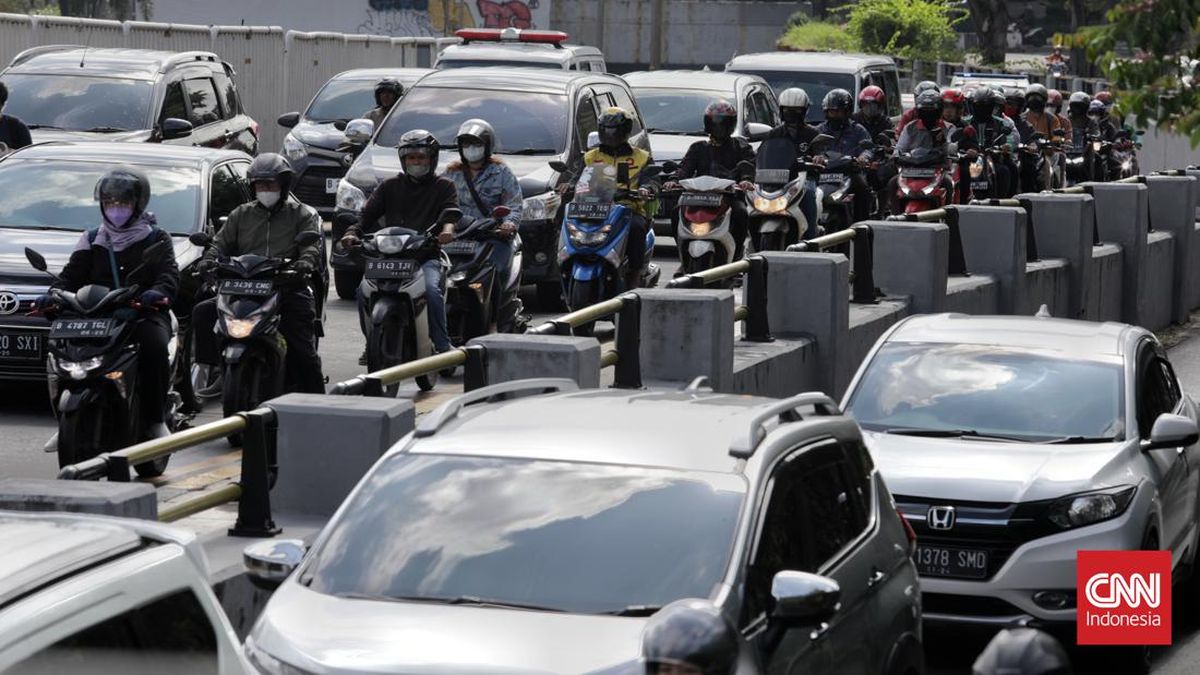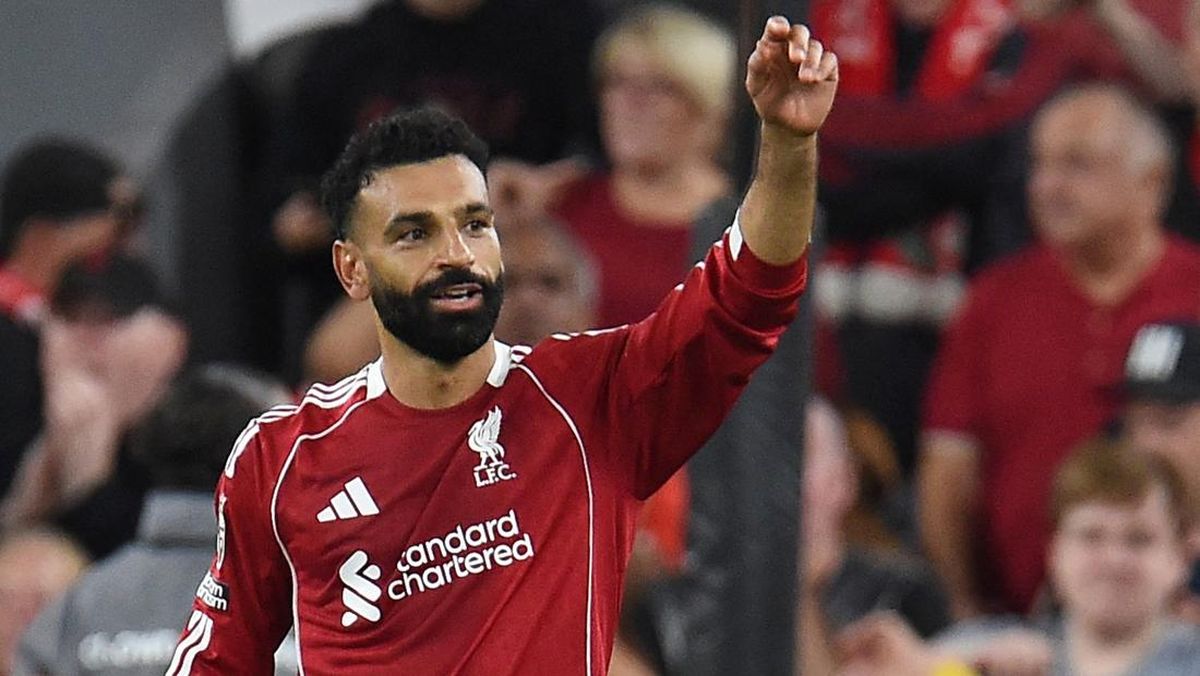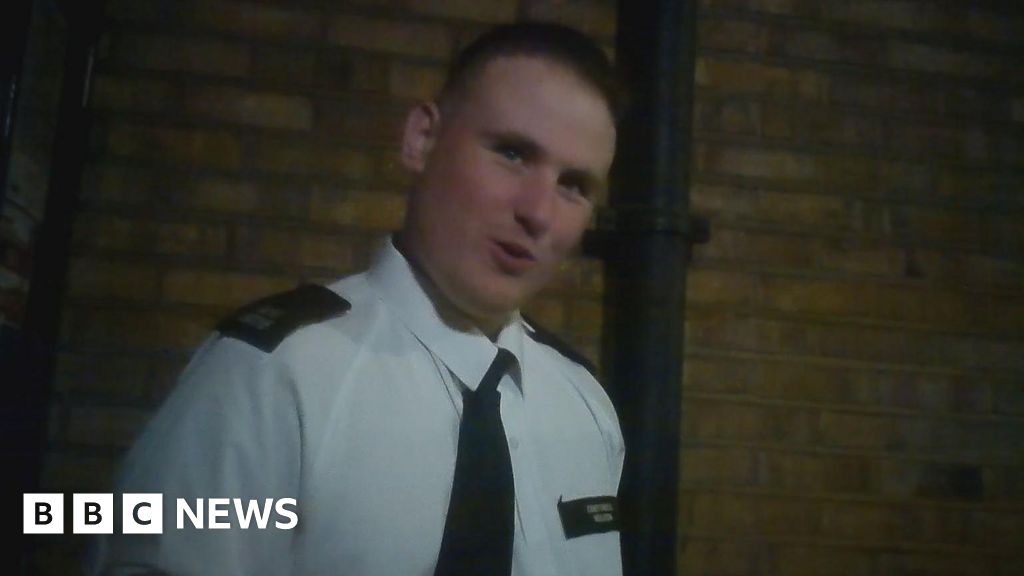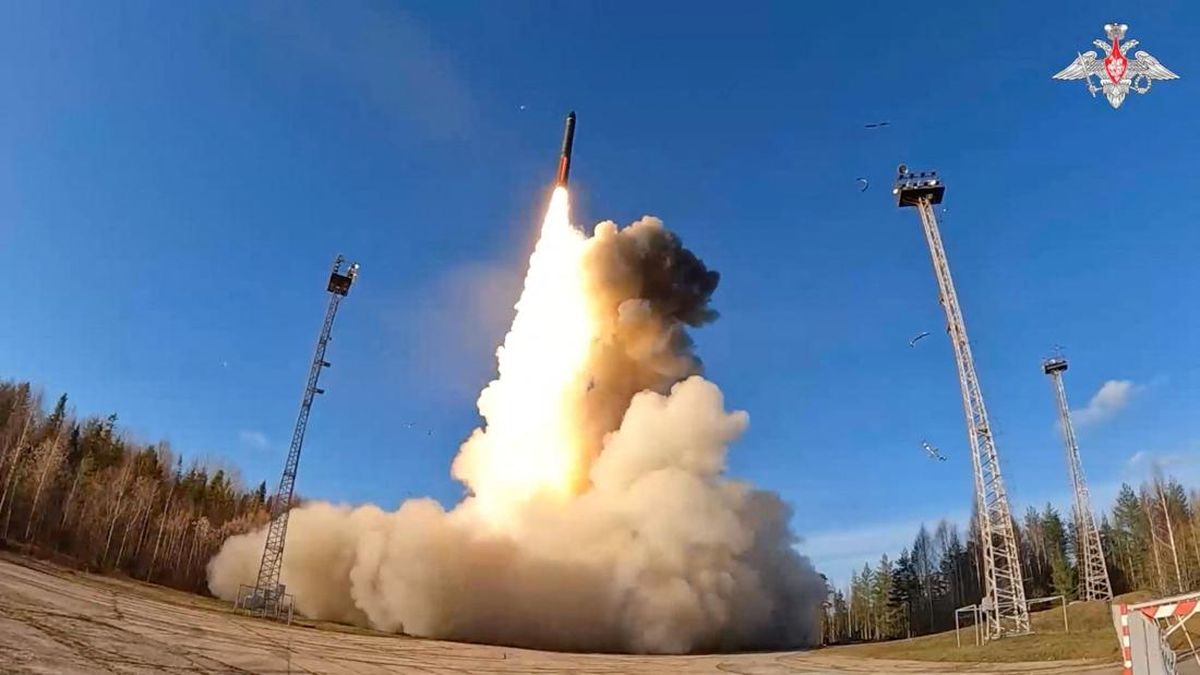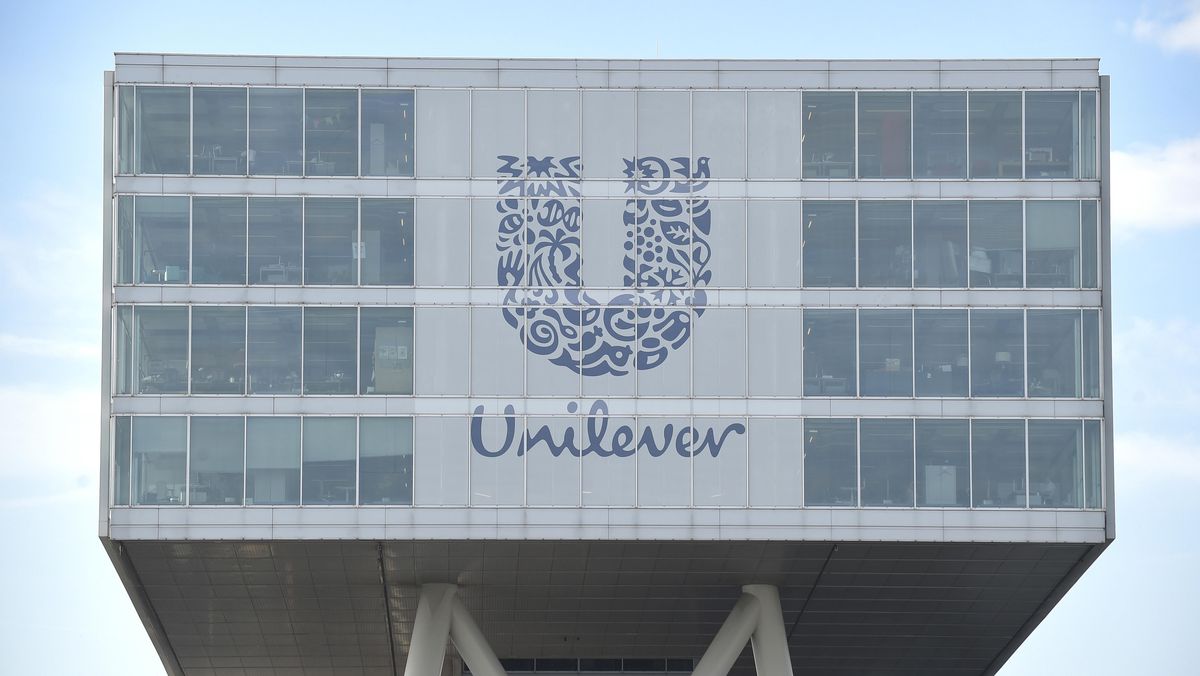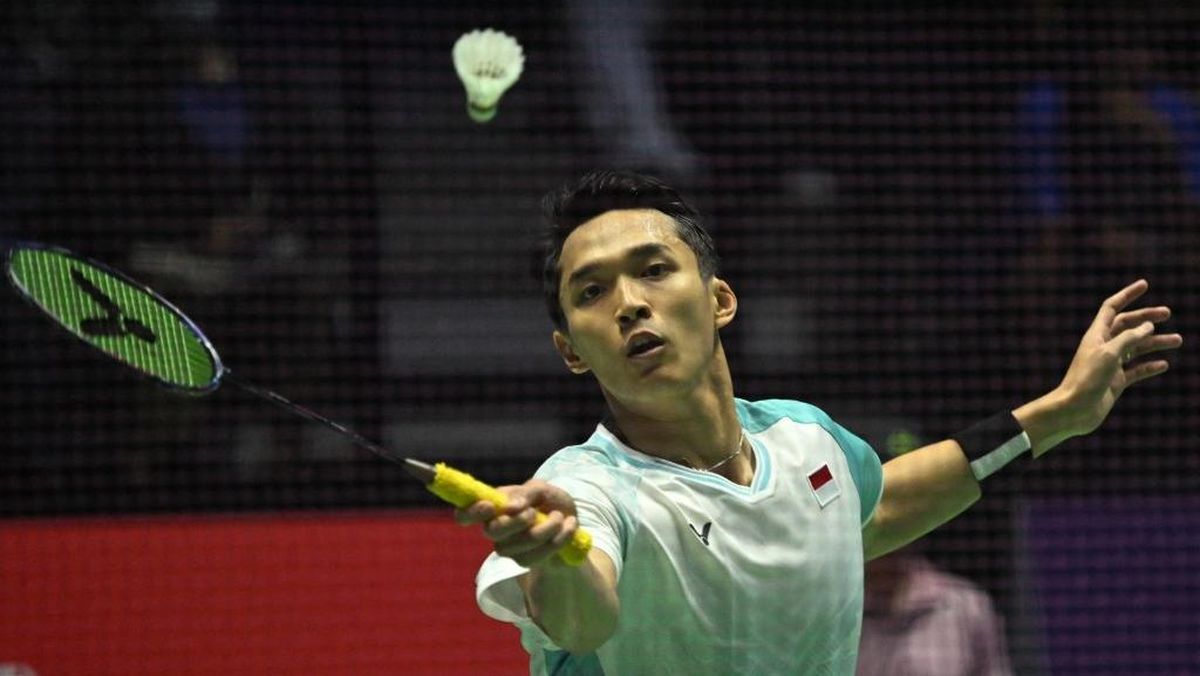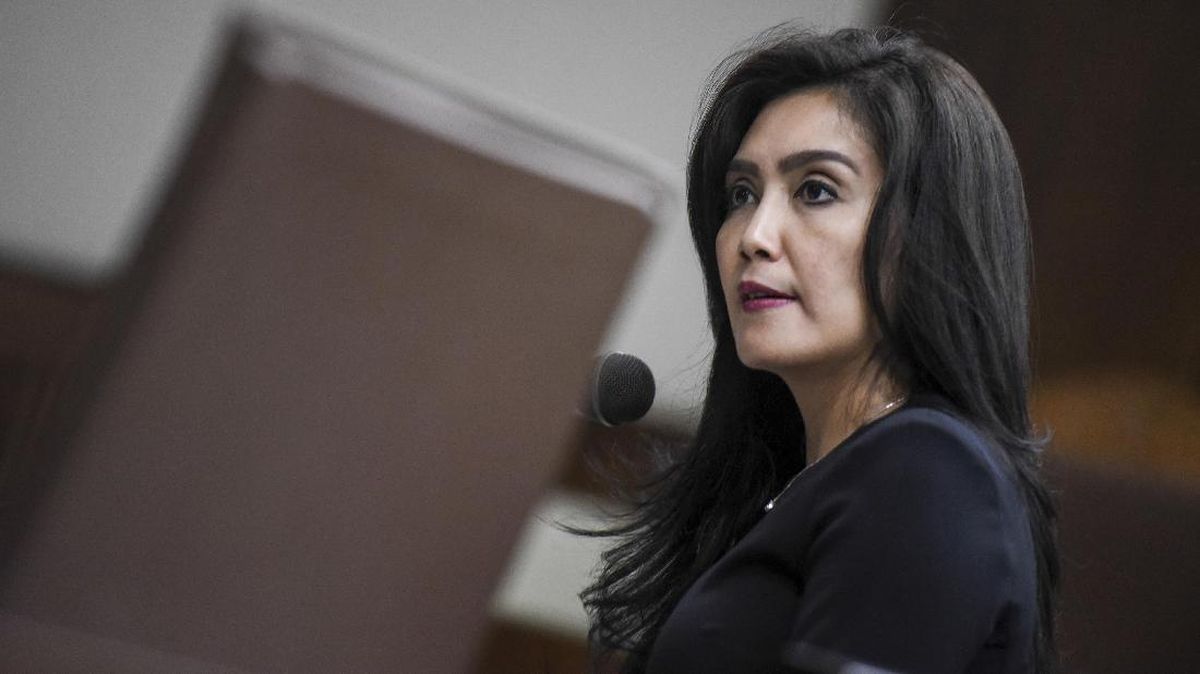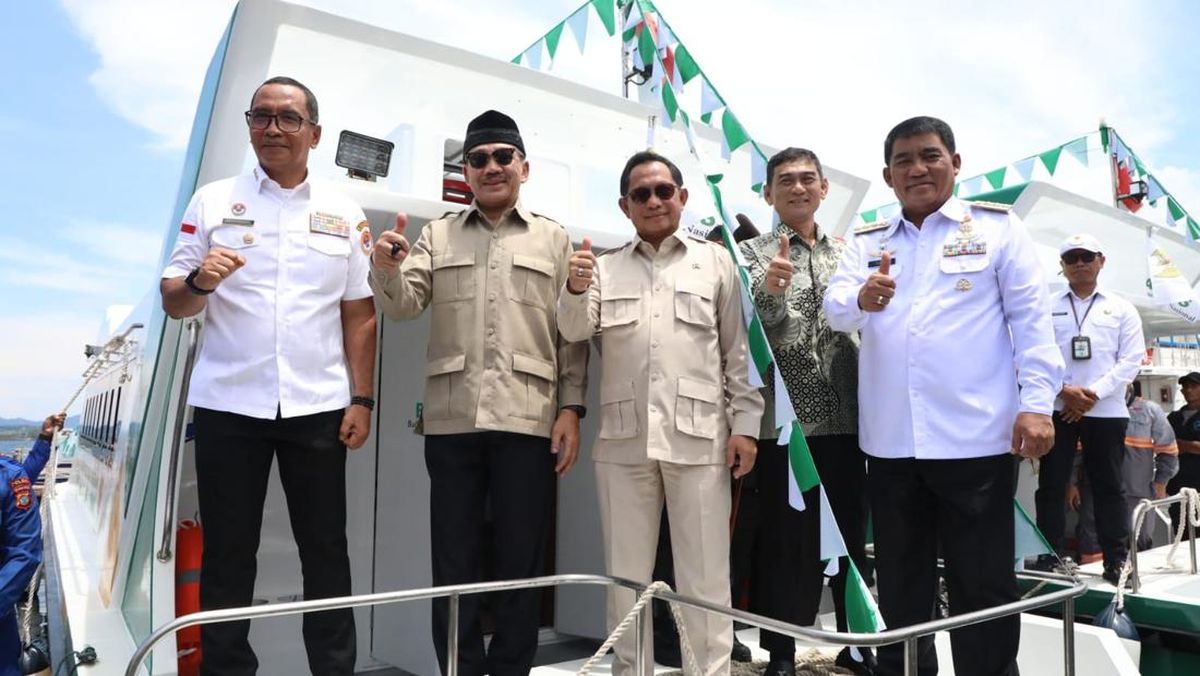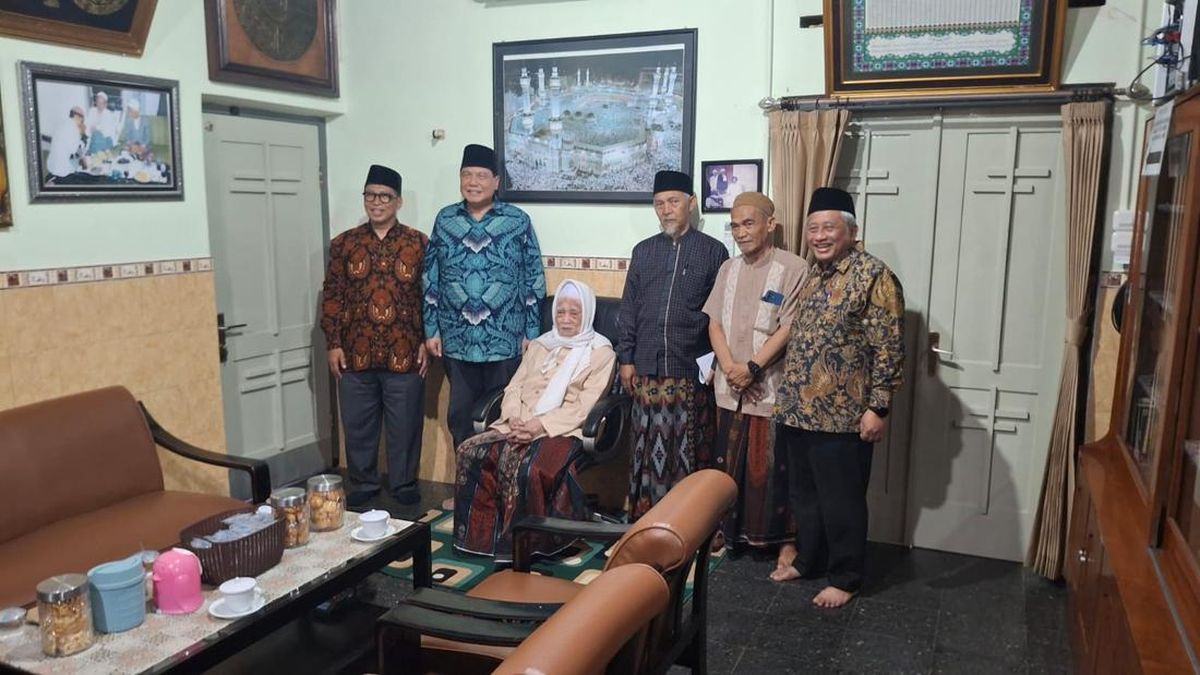Australian officials are preparing for the United States to seek ongoing use of the nation’s biggest naval base as part of the Pentagon’s secretive review into the AUKUS pact – a move that would help project American power across the Indo-Pacific as it prepares for a possible conflict with China.
US Navy Secretary John Phelan attracted attention during a White House meeting between President Donald Trump and Prime Minister Anthony Albanese on Tuesday by saying that the US wanted to clear up areas of “ambiguity” in the original AUKUS plan.

The US is set to rotate up to four nuclear-powered submarines through Western Australia from 2027 under the AUKUS plan.Credit: US Defence
Trump expressed strong support for AUKUS and the plan to sell at least three nuclear-powered submarines to Australia, but some changes are expected following a review led by senior Pentagon official Elbridge Colby, which is due by the end of the year.
Official language about the original AUKUS plan has been vague, leaving open the possibility the regular US and UK visits could wind down when Australia acquires its own nuclear-powered submarines from the early 2030s.
Senior Australian officials said they were unsure exactly what ambiguities Phelan was referring to but believed one likely possibility was entrenching the presence of up to four US nuclear-powered submarines at HMAS Stirling, near Perth, from 2027.
The location, which serves as the home base for most of Australia’s frigates and submarines, is strategically significant for the US given it is closer to important Asian countries than the US Pacific fleet headquarters in Hawaii and expands its ability to compete with China for influence in the Indian Ocean.
Up to 1000 American troops and their families are set to be posted to Perth to support the project, known as Submarine Rotational Force West (SRF-West), making it the second-largest US military footprint in Australia following Darwin.
During the White House meeting, Phelan said the rotational force was “very important to our ability to project power in the Indo-Pacific”, highlighting its importance to American military planning.
Speaking to reporters before departing Washington D.C, Albanese said he was aware of some changes the US was seeking to make to AUKUS but would not pre-empt any announcements.
Loading
“What we do is we work things through in an orderly way,” he said.
The government was delighted by Trump’s enthusiastic comments about AUKUS and believed it would be able to work with any recommendations made by the Colby review.
Former senior defence official Mike Pezzullo said he believed bedding down the US Navy’s presence in Western Australia was one of the most likely ambiguities that Phelan had in mind.
“Our government tends to emphasise that Force West is about building up our own submarine capability, but when the Americans talk about it, they are explicit that it’s about power projection,” said Pezzullo, a former head of the Home Affairs Department who authored the 2009 defence white paper.
“They have long coveted the idea of an operating location like this and they are not going to want to give it up.”
Pezzullo said the US could also be seeking to establish more certainty about Australia’s operational role in possible conflict scenarios and may consider partnering with Australia and the UK on a trilateral next-generation submarine.
Plans to develop a new nuclear-powered submarine known as SSN-AUKUS, scheduled to enter service in the late 2030s, are so far limited to the UK and Australia.
China has long been unhappy with the AUKUS arrangement. A spokesman for its foreign ministry, Guo Jiakun, said on Tuesday that: “We oppose bloc confrontation and anything that increases the risk of nuclear proliferation and exacerbates arms race.”
The Australian Submarine Agency’s fact sheet on Submarine Rotational Force West emphasises that it will not be a military base for US or UK navies.
“Australia has a longstanding bipartisan policy of no foreign bases on Australian soil,” the agency states. “Activities under SRF-West are consistent with this policy.”
The agency states that the project will “help Australia build the necessary operational capabilities and skills to be ‘sovereign ready’ so we can safely and securely own, operate, maintain and regulate a fleet of nuclear-powered submarines from the early 2030s”.
While such language could create the impression the project is for the short term, naval expert Jennifer Parker said this was extremely unlikely.
“The US sees SRF-W as one of the most significant benefits of AUKUS,” said Parker, an adjunct fellow in naval studies at UNSW.
“It’s hard to see them viewing it as a short-term arrangement – they will want to be there for the long term.”
The Greens have opposed the AUKUS plan, including Submarine Rotational Force West, arguing the pact is “about projecting force in the South China Sea and tying us to the war-making ambitions of the US and UK” rather than defending Australia.
Cut through the noise of federal politics with news, views and expert analysis. Subscribers can sign up to our weekly Inside Politics newsletter.
Most Viewed in Politics
Loading

